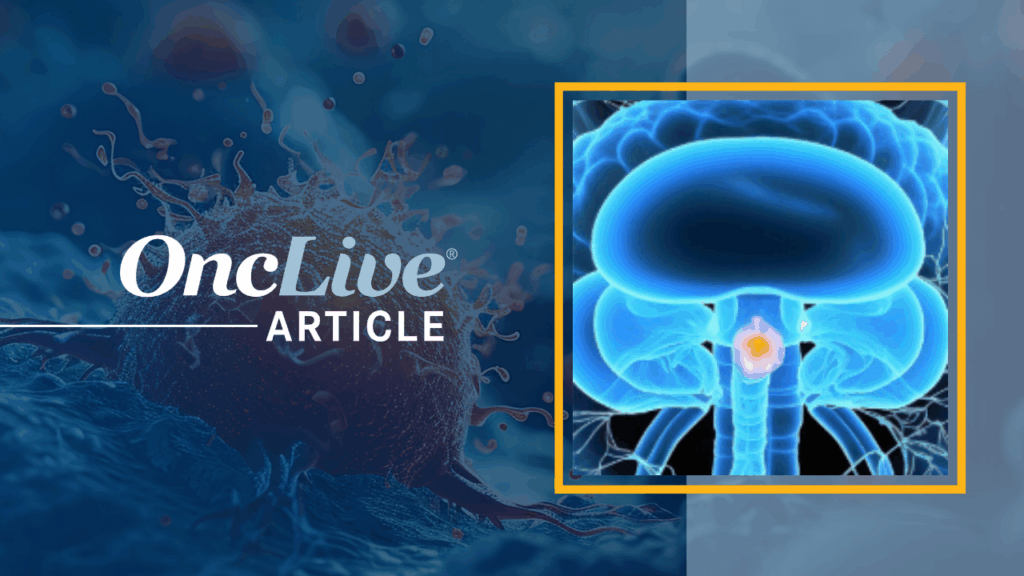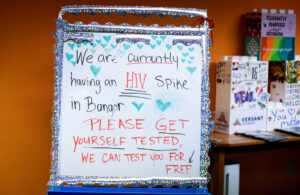
Data from the phase 2 trial of izalontamab brengitecan (BL-B01D1) indicate its potential as an effective treatment for patients with advanced urothelial carcinoma. The trial, known as BL-B01D1-201, reported a confirmed objective response rate (ORR) of **44.1%** and a disease control rate (DCR) of **88.2%** among **34** participants with locally advanced or metastatic disease. These findings were published in the **Journal of Clinical Oncology** and were first shared during the **2024 ESMO Congress**.
The study demonstrated that **50%** of respondents achieved partial responses, with a stable disease rate of **38.2%**. According to study lead author **Xiaojie Bian**, MD, PhD, from the **Fudan University Shanghai Cancer Center**, these results underscore the promising efficacy and favorable safety profile of izalontamab brengitecan at a dosage of **2.2 mg/kg**. Bian emphasized that the drug could represent a viable new option for patients facing limited treatment alternatives.
Historically, platinum-based chemotherapy has dominated the treatment landscape for advanced urothelial carcinoma. Although checkpoint inhibitors have improved overall survival rates, the prognosis for patients remains bleak. Antibody-drug conjugates (ADCs) like izalontamab brengitecan offer renewed hope, particularly because they target the **EGFR** and **HER3** proteins, which are highly expressed in epithelial cells.
Izalontamab brengitecan is a first-in-class bispecific ADC designed to bind to these tumor antigens. It releases **Ed-04**, a camptothecin-derived topoisomerase I inhibitor, which induces tumor cell death. The BL-B01D1-201 trial specifically focused on patients whose disease had progressed after standard therapies, enrolling participants between **18** and **75** years old who demonstrated adequate organ function and had an **ECOG performance status** of **0 or 1**.
Participants received doses of izalontamab brengitecan intravenously over approximately **60 minutes** on days **1** and **8** of each **3-week** cycle. The trial’s primary endpoint was ORR, while secondary endpoints included progression-free survival (PFS), DCR, duration of response (DOR), and safety.
Of the **57** patients screened for the study, **41** were enrolled, with **34** receiving the **2.2 mg/kg** dose. By the data cutoff, **23** patients were still being monitored for progression or survival. The median age of participants was **62 years**, with **53.7%** of tumors originating in the bladder. Most patients had undergone prior treatments with platinum-based chemotherapy and checkpoint inhibitors.
At a median follow-up time for PFS of **10.2 months**, the median PFS was reported at **7.3 months**. The median overall survival (OS) was **12.3 months**, while the median DOR reached **11.3 months**. The six-month DOR rate stood at **69.8%**.
Safety assessments revealed that the initial recommended phase 2 dose of **2.75 mg/kg** was adjusted to **2.2 mg/kg** due to severe treatment-related adverse effects (TRAEs) observed in early participants. In the **2.2 mg/kg** cohort, all patients experienced at least one TRAE, though no treatment-related deaths occurred. Treatment discontinuation due to TRAEs was noted in **5.9%** of patients, while **29.4%** required dose reductions.
The most common hematologic TRAEs included anemia, leukopenia, and neutropenia. Non-hematologic TRAEs primarily involved decreased appetite and nausea. The trial authors stressed that this study is the first phase 2 trial investigating an EGFR/HER3-targeting ADC in patients with advanced urothelial carcinoma post-systemic therapy.
In a previous interview, **Dingwei Ye**, MD, PhD, of the **Fudan University Prostate Cancer Institute**, highlighted the study’s significance and the potential of izalontamab brengitecan in other cancer types. The ongoing phase 2 BL-B01D1-203 trial is exploring the drug in combination with osimertinib for first-line treatment of EGFR-mutated non-small cell lung cancer.
With the backdrop of these findings, izalontamab brengitecan shows promise in reshaping treatment options for patients with advanced urothelial carcinoma, a group often facing limited choices. The results underscore the potential of ADCs in advancing cancer care and improving patient outcomes in challenging scenarios.






